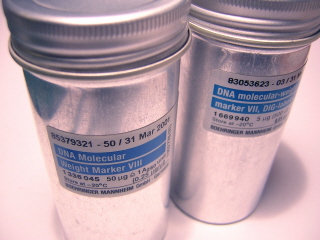 How many founding Asian groups braved their way across the Bering land bridge during those frigid Pleistocene ice ages?Was it a single wave of people who later developed into the three distinct linguistic and cultural groups that populated the
How many founding Asian groups braved their way across the Bering land bridge during those frigid Pleistocene ice ages?Was it a single wave of people who later developed into the three distinct linguistic and cultural groups that populated the
Linguistic studies of the Na-dene, Aleut-Eskimo, and Amerind language groups suggested that there were three waves across the land bridge, one for each language group.Recent genetic research, however, has suggested that there was only a single wave of founding groups into the